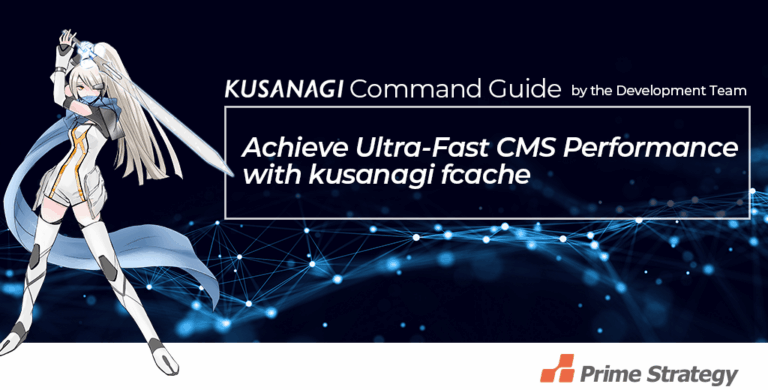Effortlessly Manage PHP Versions with “kusanagi php”
This article explains how to use the kusanagi php command and compares it with kusanagi container. Hello, this is Fukuda from Prime Strategy. Did you know there’s a command that lets you switch PHP versions instantly and optimize settings automatically? That’s exactly what kusanagi php does. For reference, in KUSANAGI 9 (Business Edition or higher), there is also an alternative called kusanagi container, which allows you to switch PHP versions per profile. We’ll explore the differences later in this article. Switching PHP Versions with the –use Option To switch PHP versions, simply use the –use option. As of October 26, 2023, the available options are: This command uses dnf under the hood, which uninstalls the old version … Read more







